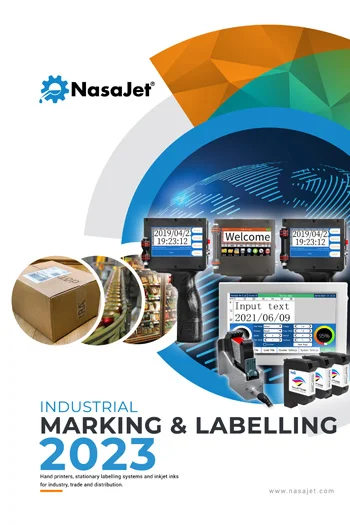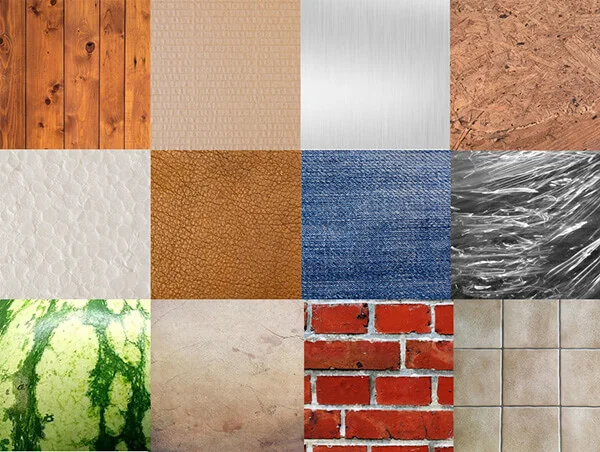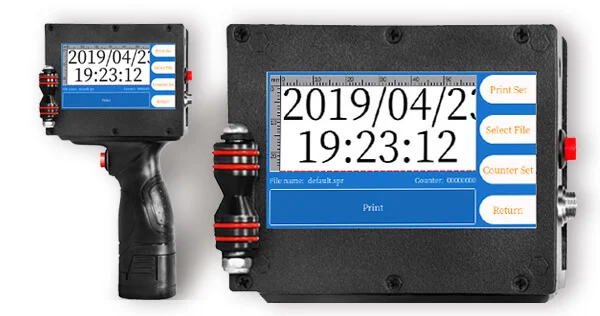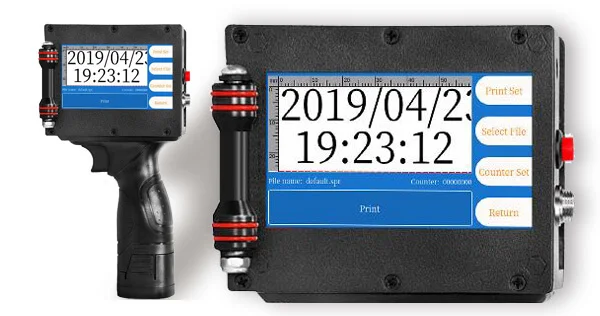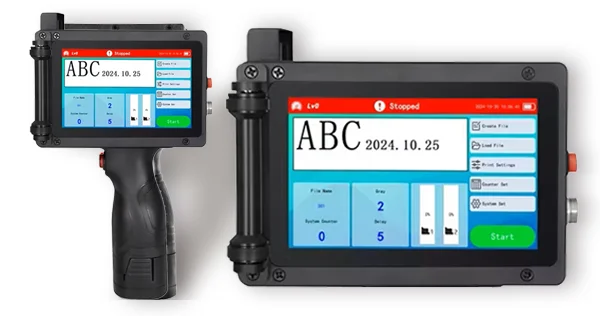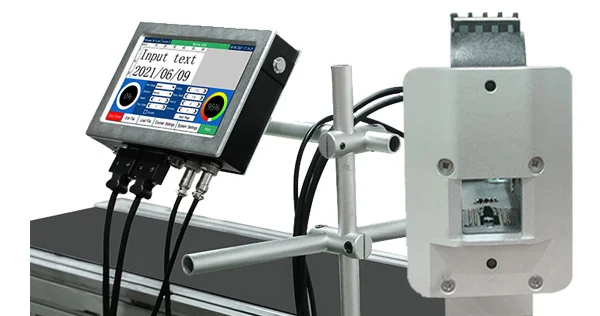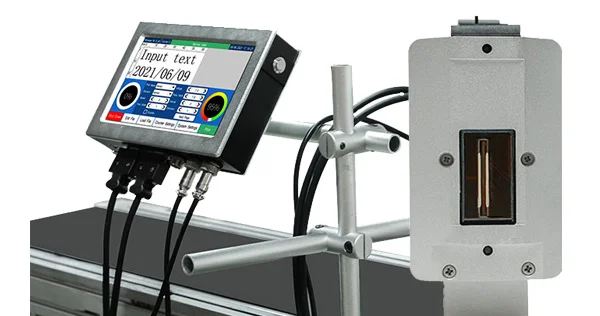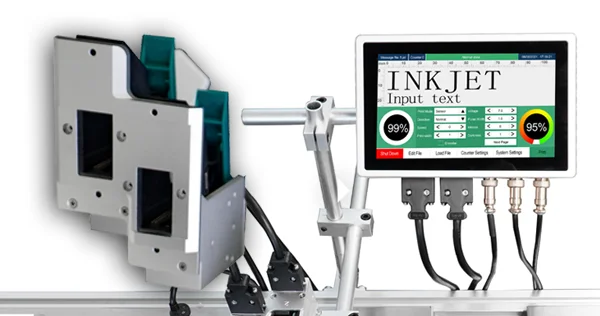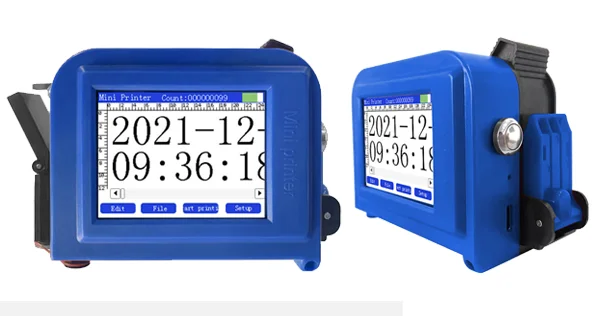-
Geotechtronics GmbH
Pollinger Str. 3 • D-82362 Weilheim i.OB -
Office hours
Mo-Sa: 9:00-18:00
Professional inkjet labelling and marking for beverage bottles
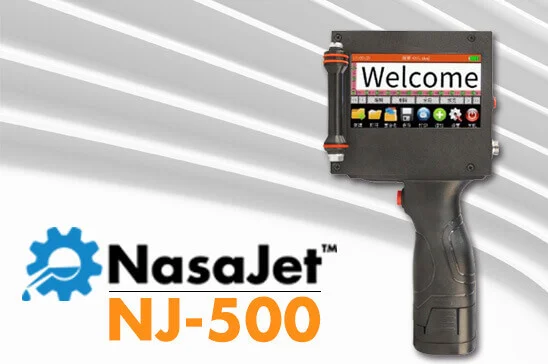
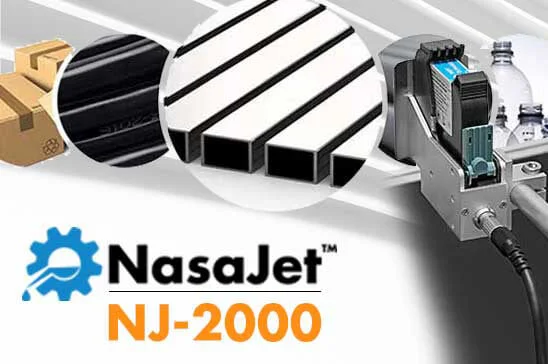
Bottle labelling is now an essential part of many economic manufacturing processes, especially of course in the beverage industry or in the food trade in general. Legal requirements, but also increasingly the focus on better consumer information, have made it necessary to have dynamic data in addition to the static information on the product containers (pre-printed or labels), for example the best-before date or the batch number. As a rule, this information is located on the neck of the bottle, on the bottom of the bottle or in a free area of the product label.
Certain characteristics are particularly desirable or necessary for bottle labelling. The print must be as clearly legible as possible, i.e. as sharp and high-contrast as possible. Also, the processing speeds for labelling beverage bottles are extremely high and, due to the high number of passes, the economic efficiency must be given special consideration (printing costs). With plastic bottles, the many different substrates must also be taken into account in terms of their properties.
In addition to the legally prescribed bottle labelling, other areas of application are also increasingly coming to the fore in the context of globalisation and digitalisation. Anyone who wants to sell internationally must be able to vary identification markings and labels quickly and flexibly, e.g. based on batches. The re-equipping of labelling machines is often very time-consuming and expensive here. In this case, flexible direct labelling directly in the manufacturing and packaging process is often simpler. But better batch traceability or protection against counterfeiting can also be important applications for bottle labelling today. Dynamic printing of QR codes or the use of UV inks can serve such requirements well.
Hand printers for bottle labelling
While large producers usually integrate the marking and labelling directly into their production lines, smaller manufacturers often have a hard time integrating the product marking of beverage bottles easily and economically into their processes. Hand-held inkjet printers (thermal inkjet) are a good and modern solution here. The purchase and operating costs of hand printers for bottle labelling remain relatively low and the flexibility of the hand printers even allows several applications to be combined (for example, product labelling, labelling of shipping packaging, etc.). For marking and labelling, they are very suitable for small to medium-sized batches. Almost all common materials can be marked with them (plastic, glass, tetrapack,...) and the hand printers also allow printing on curved and irregular surfaces without any problems.
Hand printers for bottle labelling are also characterised by the high availability of many special inks with special properties and colours. In addition to pure text, modern hand printers can easily output consecutive numbers, dates, QR codes or monochrome graphics. The print templates are created and stored directly in the device. Graphics and logos can be imported into the device via USB interfaces. A handheld printer is the fast and economical inkjet printer for industry, commerce and trade.
Bottle labelling with NasaJet® NJ-1000 and NJ-2000 printers
Our two models NasaJet® NJ-1000 and NJ-2000 are suitable for simple and quick integration into existing production lines. The systems consist of an independent control unit with built-in touch screen, as well as one or more printing units. These can be positioned independently of each other on the existing production line, so that simple and quick assembly is practically always possible. Simultaneous printing of several pages can also be achieved with this. With the proven TIJ principle, which is also used in our hand printers, almost any surface (smooth, curved, rough,...) and material (glass, plastic, wood, metal,...) can be printed. In addition to the task as a printer for bottle labelling, the NasaJet® models can also take on many other labelling tasks at the same time. The marking of shipping pallets, foil packaging or cartons is possible without any problems.
Frequently asked questions about bottle labelling
What should I look out for in bottle labelling?
Bottle labelling is usually carried out due to legal requirements. In this respect
it is important that the labelling remains clearly legible and cannot be easily detached. The
inks used must therefore be suitable for the The inks used must therefore be particularly suitable
for the corresponding carrier material (glass, plastic,...).
What formats are needed for bottle labelling?
Bottle labelling devices must of course be able to handle date outputs, because production or
expiry dates are one of the main applications. But barcodes and QR codes should also be printable in order
to be able to use the devices as flexibly as possible.
What should I look out for in bottle labelling?
Bottle labelling is usually carried out due to legal requirements. In this respect it is important that the labelling remains clearly legible and cannot be easily detached. The inks used must therefore be suitable for the The inks used must therefore be particularly suitable for the corresponding carrier material (glass, plastic,...).
What formats are needed for bottle labelling?
Bottle labelling devices must of course be able to handle date outputs, because production or expiry dates are one of the main applications. But barcodes and QR codes should also be printable in order to be able to use the devices as flexibly as possible.






